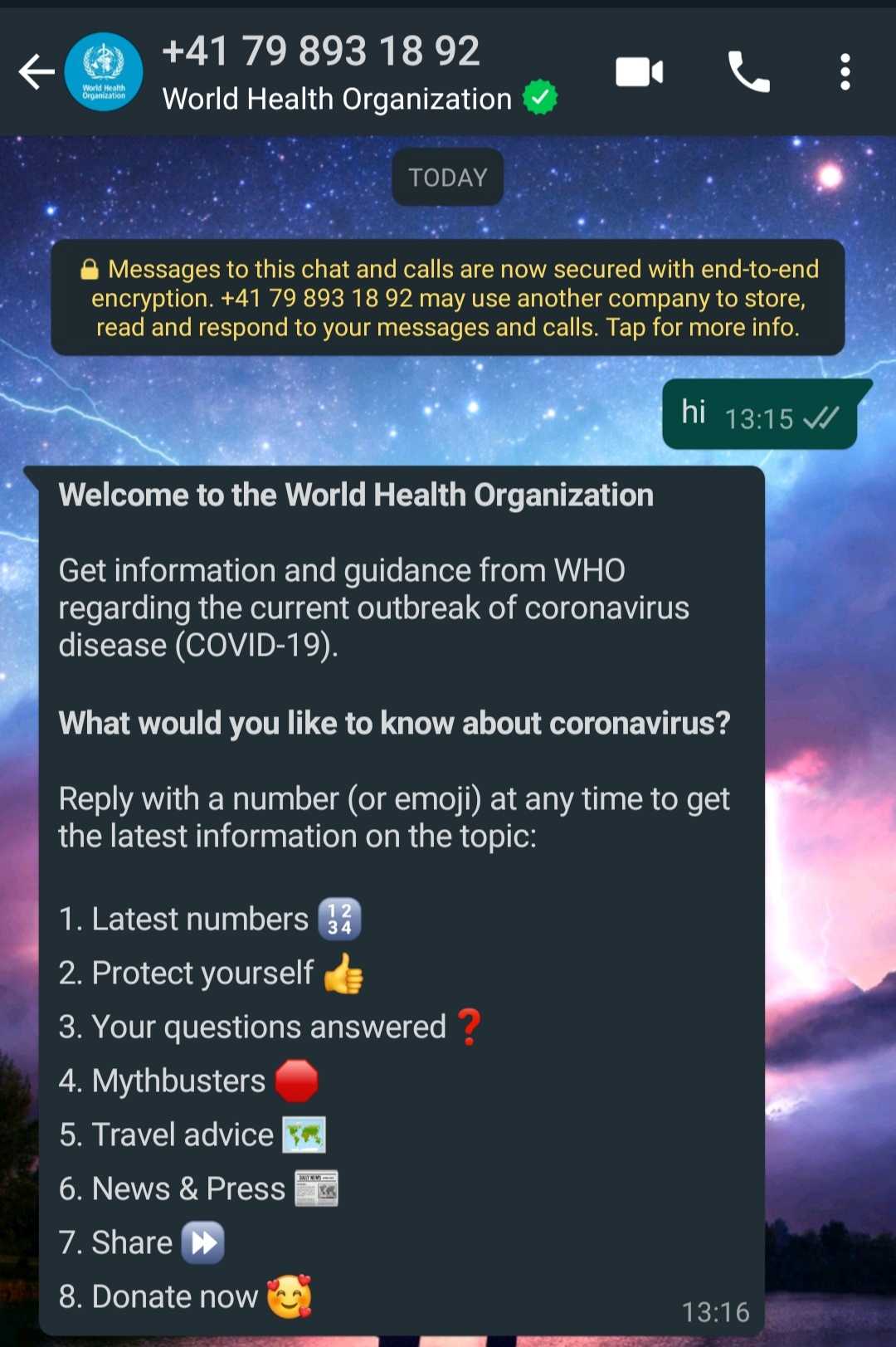The rampant spread of coronavirus has brought the world to its knees like no other disease in recent history. With the virus not having reached its potential in India, we might have a chance to avoid it from exploding in the country. On-ground measures are being taken by the government to restrict all unnecessary human movement, but that has caused a whole another wave of fake news and half-truths as people are forced to stay indoors for the foreseeable future.
In dire cases like these, the panic created can be vastly damaging as well. To avoid the outgrowth of false information-created dystopia, and be aware of every happening, here’s a compilation of online resources that you should keep handy to know the exact scenario of the coronavirus in India and bunk all myths that are associated with it.

Firstly, it’s crucial to obtain your information from credible sources. For COVID-19, the World Health Organisation’s website is your best bet to find all the relevant information along with regular updates from around the world. You’ll also find specific details on how countries are combatting the spread and other best practices to adopt to ensure safety. Almost every breakthrough will be reported by the WHO.
To make all of this information even more accessible, the WHO has also created an AI chatbot for WhatsApp to share vital information around the topic. Regularly updated information on the pandemic, how to protect yourself, questions and answers, and the latest news and press coverage will be sent directly to your phone. It is currently only in English, but other languages are expected to be available in the coming days. You can reach out to the WHO on WhatsApp by texting to +41 798931892 or by visiting this link.
Sharing correct information, avoiding incorrect panic. Here is an effort by WhatsApp and @mygovindia to ensure you receive accurate and verified information on Coronavirus. Please click on this link https://t.co/REabfIp5QT or send Hi on +919013151515. #IndiaFightsCorona pic.twitter.com/0maqUE3PvGMarch 21, 2020
Similarly, for more India-specific information, the government has launched the MyGov Corona Helpdesk, which not only answers the most frequently asked questions but can also direct you to the nearest help centers. Considering that WhatsApp is the most commonly used messaging app in the country, this helpline was the need of the hour. It can be contacted at +91 9013151515 or by visiting this link.
A similar offering for verified information is also available on Telegram, where a dedicated channel is being updated in real-time to keep the citizens informed.

On the topic of India-specific information, the Ministry of Health and Family Welfare has set up a tracker that shows real-time state-wise statistics of confirmed cases and how many have been cured. Moreover, the latest updates from the government steps taken and guidelines for other stakeholders are all available here. In a time when every agency is quoting different numbers, the MOHFW’s tracker is probably the most reliable source.
While the government and health organizations are taking steps to ensure every person is kept abreast of the current coronavirus crisis, there are also numerous steps you can take as an individual to ensure only the correct information is propagated.
Popular news app Inshorts has launched a new platform called Public. While there are plenty of news apps, Public emphasizes on crowdsourcing and enabling citizens to be a part of the coverage. All local issues can be shared by users on the app in regional languages. This not only reduces the time from an incident to it getting covered, but major happenings will also be notified to others in the community. All reports are verified before going live. Local authorities and politicians can also be informed from within the app, in case an issue needs more attention. It also has the functionality for prominent spokespersons to directly communicate with the people.

In case someone is put under a quarantine or admitted for Covid-19, monitoring their vital stats is a crucial part of the recovery process. One of the readings is the oxygen saturation levels of the red blood cells. Thankfully, that tech is no longer inaccessible for expensive as some new fitness trackers are equipped with SPO2 monitors. These notify you when the oxygen levels fall below 90%, which is one of the early symptoms of respiratory diseases. Honor's new range of wearables including the Magic Watch 2, and the Honor Band 5 and 5i offer this functionality on a budget.
For starters, always check every information you receive from any unofficial source. During the Janata Curfew over the weekend, multiple conspiracy theories emerged, trying their hand at explaining the rationale behind a closedown that India has never seen before. A simple Google check will usually be sufficient to know what’s true and what’s not. As a rule of thumb, take every news you receive with a grain of salt unless it’s more a reputable source. A second check will be even better.
If you happen to stumble across an incorrect piece, step up and do not forward it further. Instead, explain to the sender why it was false. Sharing of wrong information can literally put lives at risk at this point. The same goes for whatever you see on social media. Stick to official sources, reputable news agencies, and government personnel for the most up-to-date happenings.
Lastly, do not forget to follow the ground rules followed by everyone around the world: Stay indoors as much as possible, maintain extreme hygiene standards and sanitize your hands often, practice social distancing, follow a healthy diet and keep an eye on any symptoms. India is likely to go into a longer lockdown for a few weeks. Be a responsible citizen to get out of this snafu as quickly as possible.
from TechRadar - All the latest technology news https://ift.tt/2YQLEYj





0 Comments